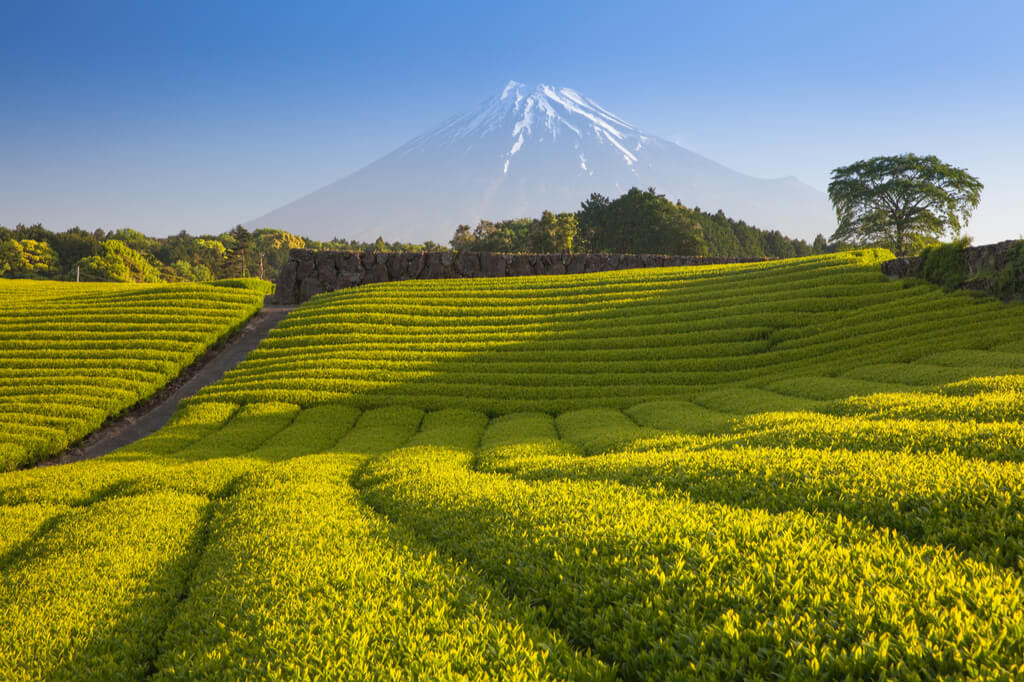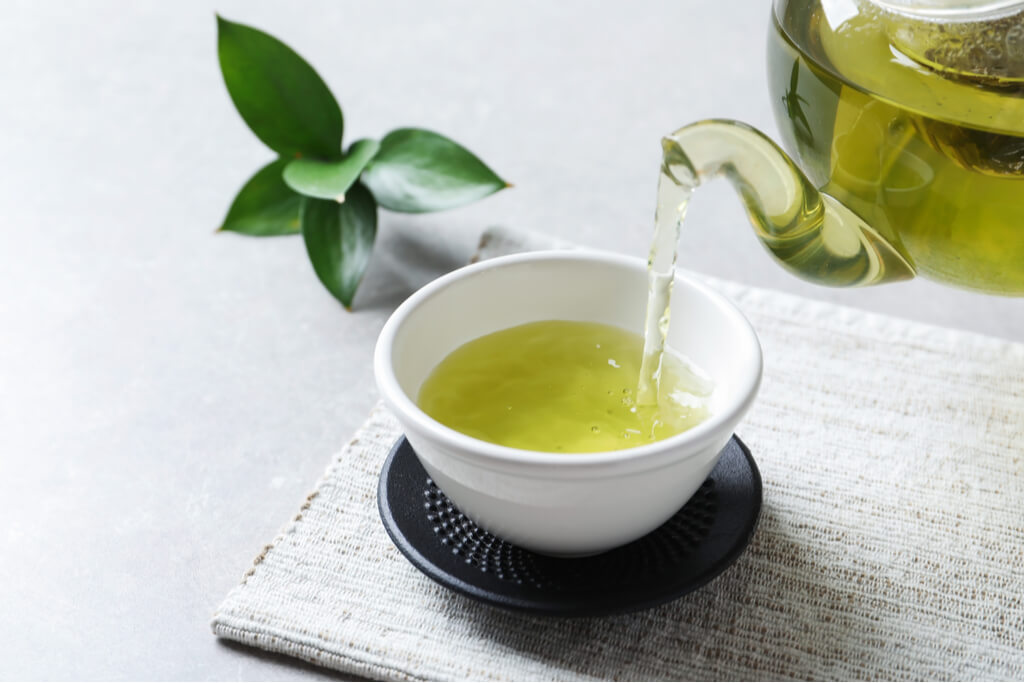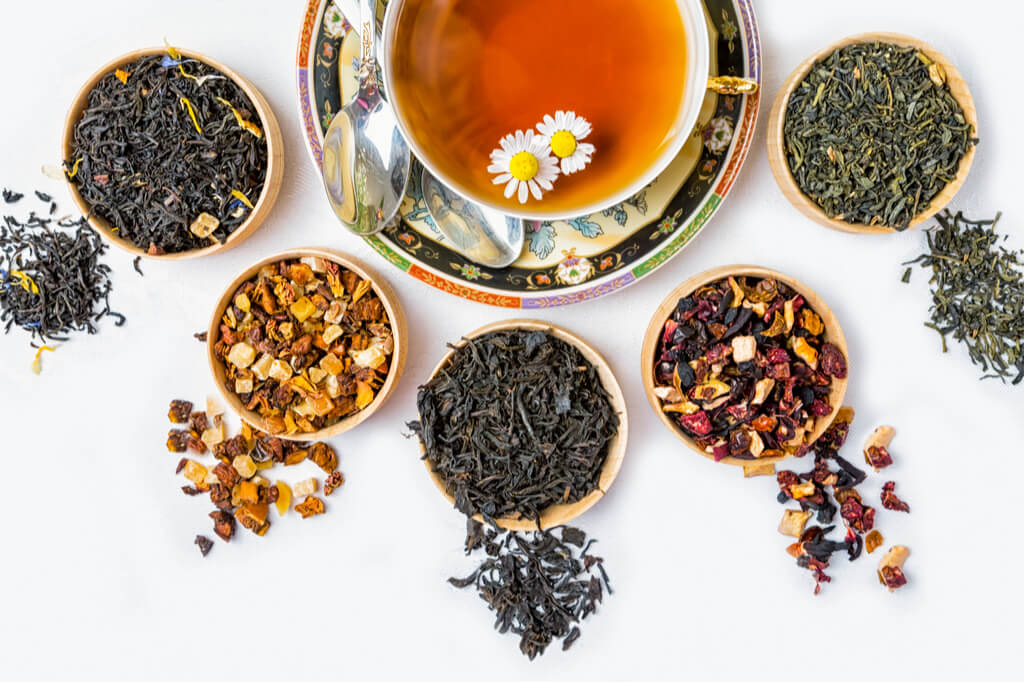Tea is a trendy drink in Japan and has been a part of traditional Japanese culture for a long time. The Japanese word お茶 (ocha) means green tea. Ocha is the most common variety of tea available in Japan. The Japanese culture is synonymous with tea, to the extent that people in Japan continue to practice a special tea ceremony.
The tea ceremony is a proper way of preparing and drinking tea in a traditional room with a tatami floor. One of the main purposes of the tea ceremony is for the guests to enjoy the hospitality of the host in an atmosphere distinct from the fast pace of everyday life. Tea came to Japan in the 8th century from China. Initially considered a medicinal beverage mainly amongst priests and the upper class. Tea gained popularity in the Muromachi period (1333-1573).

There are plenty of different types of tea available in Japan. Let’s take a look at some of the most popular varieties.
Table of Contents
ToggleRyokucha
Green tea, which is brewed directly from tea leaves, is called Ryokucha. It has different varieties, depending on the time of plantation, time of harvest, and the amount of sunlight the plants receive. Green tea variations are broadly classified into three parts:
- Gyokuro: It is a type of green tea from Japan grown under shade rather than the full sun one month before the harvest. It’s the highest-graded green tea.
- Sencha: Sencha is grown in full sun and without any shade. Sencha is further divided into multiple varieties.
- Bancha: like Sencha, Bancha is also grown in full sun. But it is harvested after sencha. It’s the lowest grade for green tea.
Ready to experience Japanese tea but don’t know where to start? Sakuraco will send you two portions of Japanese tea and plenty of traditional sweets and snacks every month!
Matcha
Matcha comes from the best green tea leaves, which are dried and powdered. Moreover, with a high caffeine content, matcha is a beneficial drink. It is also present at tea ceremonies. You can learn how to make matcha without a whisk for a delicious tea time at home!
Konacha
Though the name translates to powdered tea, Konacha differs from matcha. To emphasize, konacha consists of tea dust, buds, and small tea leaves left behind after processing for gyokuro or sencha. Since these are broken-down elements, konacha takes less time to brew.

Houjikonacha
This refers to roasted konacha. Roasting reduces the bitterness of Konacha, making it a preferred choice for many. It is also a main ingredient in chagayu or tea rice porridge. Chagayu is similar to chazuke, another dish that includes tea but uses whole rice grains.
Hojicha
This is the common term for roasted green tea. Roasting changes the color of the leaves, and thus the color of the tea is more rustic. Roasting changes the taste of the tea as well, making it sweeter.
Genmaicha
Genmaicha is a green tea that undergoes a blending process with roasted brown rice. Popping sounds can be heard during rice roasting, sometimes called popcorn tea. Not to mention introduces sugar and starch into green tea, which has a lot of advantages, including reducing the price of tea, making it easier to drink, a fuller stomach, etc. This has a yellowish color due to the roasted rice.

Oolong Cha
The creation of Oolong tea involves using green tea leaves that undergo minimal oxidation. Green tea, on the other hand, is produced by not oxidizing the tea leaves significantly. Black tea, however, requires the tea leaves to undergo oxidation until they turn black. Oolong is somewhere in the middle. Like green and black tea, it has several important nutrients and health benefits.
Kocha
Kocha is made from highly oxidized green tea leaves, which gives the tea its dark color. ‘Kocha’ means ‘red tea’ in Japanese, referring to the reddish-brown color of the tea. It has similar health benefits as compared to green tea.
Gobocha
Gobocha is a tea made from burdock root that helps in Improving the skin’s health and appearance. It helps with increasing circulation and helps detox the skin. Moreover, it also tightens the pores, refines your skin’s texture, and impedes acne-causing bacteria growth. It helps stimulate the digestive system, easing constipation, cramps, and bloating.

Tea plays a significant role in Japanese culture. However, when discussing Japanese tea, people generally refer to green tea or matcha. But Japan has several unique tea blends and flavors besides green tea or matcha. Amazingly, all these tea blends have different health benefits. So, one should definitely try a few of these Japanese teas.









